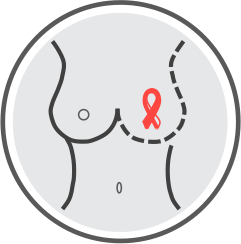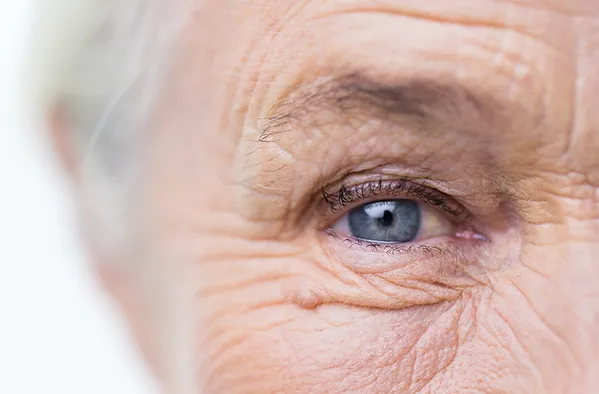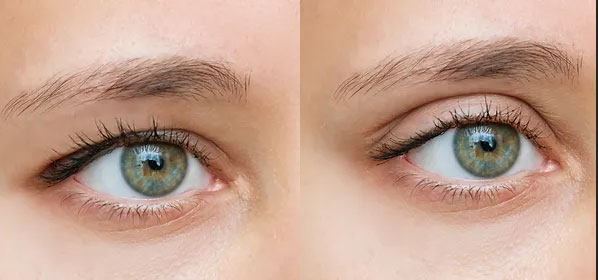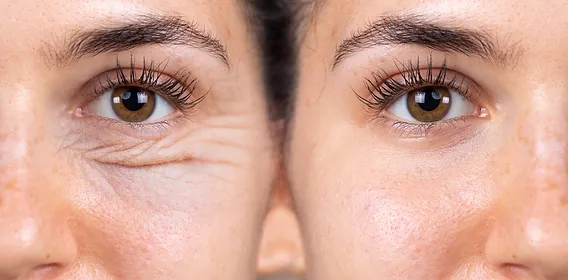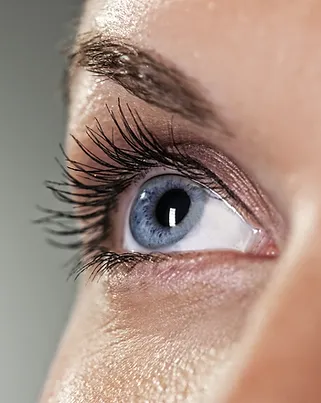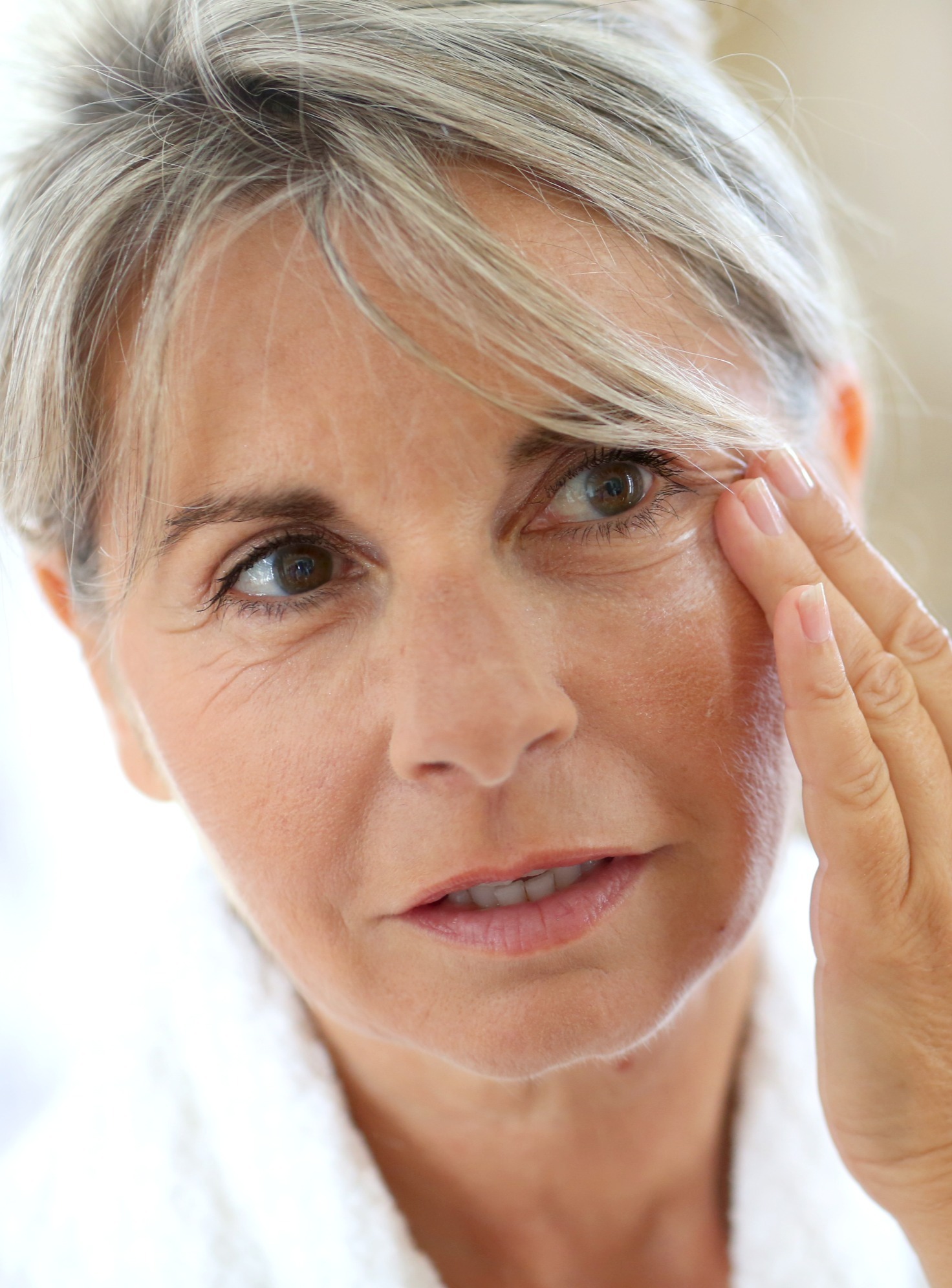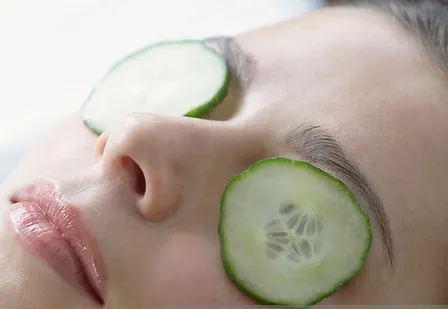Procedures
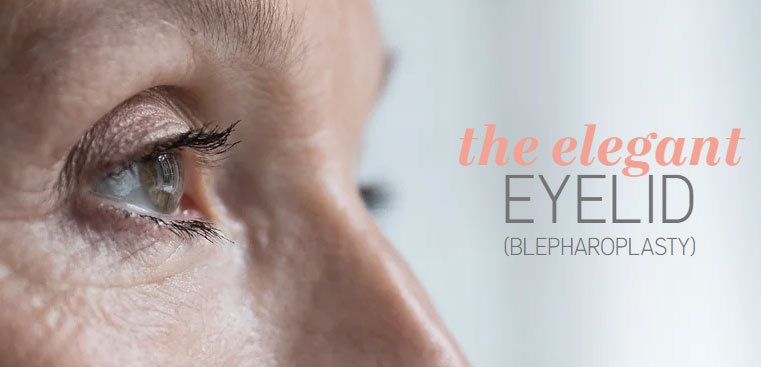
allowing you to stand out in a way no one else can.
Eyelid Surgery Blepharoplasty in Dallas, TX
Dr. Basci abides by the principle that the goal of any facial aesthetic procedure is to draw attention to and never distract away from the eyes. Did you know that decisions like how you wear your hair, how you apply your make up and even what photo you choose to post online are unconsciously impacted by how they enhance the appearance of your eyes? Whether or not your eyes are your favorite feature, beauty, confidence, and charisma often start with them. What they say is true; it’s all about the eyes!The area around the eyes has some of the most delicate skin in the body. Darkness around the eyes is actually related to tiny blood vessels visible through thin semi-translucent eyelid skin and shadows cast by over hanging tissue above. The peri-orbital area is also one of the most dynamic parts of the face, being involved in facial expressions and protective actions of the globe like squinting, sneezing and yawning. Repetitive muscle pull on exquisitely gauzy eyelid skin leads to dynamic and eventually permanent creases. These are some of the reasons why the eyes are especially prone to fine lines, wrinkles and early signs of aging. Additionally, as you age, the natural descent of the eyebrow begins to push down on your upper eyelids, making them look heavy and tired.
the scoop
Eyelid surgery, or blepharoplasty is a cosmetic surgical procedure aimed at rejuvenating your appearance by removing excess skin and redistributing volume around the eyes. Puffiness around the eyes is often a combination of protruding fat in one area with loss of fat in neighboring areas, emphasizing the appearance of an unwanted bulge. The solution, in simple terms, is to rebalance the volume to restore smooth contours descriptive of youth.
Subtle adjustments around the eyes can cause dramatic changes in your overall appearance. Dr. Basci firmly believes the hallmark of successful eyelid surgery is restoring a more youthful version of you, not leaving you refreshed but unrecognizable. Everyone should notice; no one should know.
Given that eyes are one your most distinguishable facial features, it is important that any intervention, surgical or non-surgical, maintains your natural appearance. Dr. Deniz Basci has advanced fellowship training in cosmetic surgery of the eyelids and is meticulous in her approach to designing your treatment. Precisely repositioning lax skin and elegantly rebalancing volume in essential areas allows her to achieve a polished and harmonious result.
Did you know that everyone has asymmetry of their face? These differences can be especially pronounced around the eyes. The correct operative sequence for one eyelid may be different from the other. Dr. Basci works to improve the balance from side to side, but perfect symmetry is not the goal, because a natural face is distinguished by subtle variations.
Ideally, when light bounces off the face, the transitions from the brow to the upper eyelid and then the lower eyelid to the cheek should be smooth and imperceptible. Contour irregularities related to aging and skin texture changes disrupt the natural light reflex. This leaves the area around your eyes looking crêpey and shadowed.
Learn more about popular treatments that are performed simultaneously with blepharoplasty for comprehensive peri-oribital rejuvenation. Laser resurfacing, Facial Fat Grafting, Brow Lift, Face Lift, and Neck Lift.
Upper Eyelid Surgery
Upper blepharoplasty is a relatively quick and straightforward procedure that can even be performed in the office under local anesthesia. During your consultation, Dr. Deniz Basci will visit with you to understand your goals, carefully analyze your anatomy, and prescribe an individualized operative plan. She uses 3D medical photographic technology to demonstrate what she sees and how she expects you to look after surgery.
In most cases, upper blepharoplasty is a 1 hour procedure during which an elegantly designed pinch of deflated skin is removed, fat is redistributed, and in some cases eyelid muscles are tightened. Patients routinely go home the same day and take 1-2 weeks off work until bruising and swelling resolves. See below for full details on what to expect before, during and after upper eyelid surgery.
Lower Eyelid Surgery
Treatment of the lower eyelid is in some ways more complex than the upper eyelid. First, it is important to understand the classic anatomical changes seen in the aging lower eyelid. These include the appearance of fine lines and wrinkles, under eye “bags” or tear trough deformity, loss of lid tone and elasticity resulting in elongation and subsequent sagging of the lower lid. The slackened lower eyelid reveals too much of the whites of the eye causing “scleral show.” A once youthful up-turned almond shaped eye becomes gradually more rectangular and eventually even down-turned.
An Upper Blepharoplasty CAN:
- Make you look refreshed, rejuvenated and less tired
- Subtly increase the aperture of your eyes
- Improve symmetry of the eyelids
An Upper Blepharoplasty Does NOT Address:
- Fine lines or skin texture
- Crows feet
- Elevate the brow
A Lower Blepharoplasty CAN:
- Smooth the lid-cheek junction
- Decrease the appearance of bags
- Restore up-tilted eye shape
An Lower Blepharoplasty Does NOT Address:
- Fine lines or skin texture
- Crows feet
- Elevate the brow
Fast Facts:
- Before Surgery: 1 hour consultation with Dr. Deniz Basci with 3D medical studio photography to customize your treatment plan and answer all your questions followed by a pre-operative visit the week before you scheduled procedure
- Surgery: 1-3 hours depending on whether you have upper, lower or both
- Anesthesia: Local Anesthesia if upper blepharoplasty alone, General Anesthesia performed by a licensed physician if combining procedures
- After Surgery: Home the same day
- Recovery:
- 1-2 weeks before being “restaurant ready” or able to return to work and light aerobic exercise; expect temporary bruising, moderate to significant swelling, and areas of numbness and tingling
- 4 months before being “camera ready” or able to resume heavy lifting and intense activities; expect near resolution in swelling
- 12 months before the “final result” incisions are fully mature and swelling is completely resolved
Eyelid Surgery Technique
Upper blepharoplasty can be performed in the office under local anesthesia. An incision is made along the crease of the eyelid to hide the scar in a natural fold. Dr. Basci removes a section of skin and any fat that is bulging to create a smoother contour. The incisions are then closed meticulously with two layers of non-dissolving stitches.
Lower blepharoplasty is performed in the operating room under general anesthesia. Depending on your individual anatomic needs, an incision is made along the lower lash line and excess skin is removed. Bulging fat is removed and repositioned usually through an incision on the inner aspect of the lower eyelid. If the lid is lax it will be re-suspended from the appropriate height to restore a gentle taut youthful lid position. The incisions are closed with dissolving sutures.
In some cases an additional temporary permanent suture is placed to support the eyelids and help keep them close together during the recovery period while swelling peaks. This tarsorraphy stitch will be removed in the office once your swelling improves. It should have little to no impact on your vision, although when swelling is at a maximum, some patients have a difficult time opening their eyes widely.
Preparing for Blepharoplasty
Prior to any surgery Dr Basci will review your general health history, surgical history and current medications. You will need to stop taking any medications or supplements that increase the risk of bleeding 2 weeks before surgery and remain off of them for 2 weeks following surgery. Make sure to check with your primary prescribing physician before stopping any medications.
It is important to prime your body with a healthy balanced diet in the months leading up to surgery. Make sure you have the appropriate protein intake. Protein is vital for healing. You may need to supplement your diet with protein shakes or bars for 3-6 weeks after surgery as your body works overtime to heal the surgical site.
Presenting a polished canvas for your new face with radiant glowing skin will exponentially improve your blepharoplasty result. It is important to prevent sun damage with routine use of SPF in the months leading up to and following your eyelid surgery.
Dr Basci will start you on a high quality skin care regimen for 2-3 months prior to surgery depending on the condition of your skin. In cases of extensive sun damage, laser resurfacing may be indicated to help polish any texture irregularities.
Recovery from Eyelid Surgery
Just as every individual procedure is distinct, so is every personal recovery. Most patients will go home after their procedure to recover at home. You will need a family member or friend to stay with you for at least the first 3 days after surgery, although 1 week is recommended.
Any non-dissolving sutures will be removed in the 5-7 days after surgery. You will need to apply a thin layer of ointment to your incisions once in the morning and before bed until your swelling is nearly resolved to protect the surface of your eye from dryness and irritation.
Dr. Basci recommends you sleep with your head propped up on several pillows or semi-upright in a recliner for the first 1-2 weeks after surgery to minimize facial swelling. You should expect to be very swollen during the first 5-10 days. This will gradually improve along with any bruising, numbness and tingling. It typically takes 4 months for the swelling to fully resolve and at least 12 months for the incision scars to fully mature.
You may shower the day after surgery. You will likely need assistance if your eyelids are intensely swollen, obscuring your full range of vision.
You will need to begin gently walking several times a day the evening of your surgery. This is to promote circulation and prevent blood clots. If you have a personal or family history of blood clots or other bleeding disorders be sure to speak with Dr. Basci.
After two weeks, you may begin light cardio activity but be sure to avoid heavy lifting, yoga, pilates and any other intense exercise for 4 weeks. Typically Dr Basci allows blepharoplasty patients to resume full activities 4 weeks after surgery.
Frequently Asked Questions
- I have an important event like my son’s wedding coming up, how far in advance should I have my eyelid surgery?
- What is the recovery like?
Every individual recovery is unique. Typically patients are home bound for the first 1-2 weeks when swelling and bruising is at its maximum. The first 2-4 days after surgery your swelling will peak and then gradually begin to improve. Most patients use over the counter medications for pain control and don’t require them after the first week.
Sutures are removed 5-7 days after surgery. You may begin to apply light make up at the Discretion of Dr. Basci usually after the second week. It is important not to stretch your eyelid or pull it up when applying make up 2 weeks after surgery. Your incision will not be fully healed for 4-6 weeks and can easily be damaged by over stretching.
You will need to take short gentle walks several times a day during the first two weeks. After that you may resume light aerobic activity. You may not engage in heavy lifting, yoga, pilates, or other intense activity until 4 weeks after surgery. Most patients are back to full activity by 4 weeks post-operatively.
- What should I bring to my consultation?
It is helpful to bring portrait photos of yourself from when you were younger. Ideally without make up and not smiling. But we know those can be hard to find! Sometimes your driver’s license or old passport photo is the best bet.
It is also a good idea to write down any questions you have, and bring your written list to your consultation. This way you won’t forget what to ask Dr. Basci! If you come up with new questions after the consultation you can always reach out to us via email here to schedule another appointment or video consultation.
*Disclaimer: Results may vary from person to person. Editorial content, before and after images, and patient testimonials do not constitute a guarantee of specific results.






